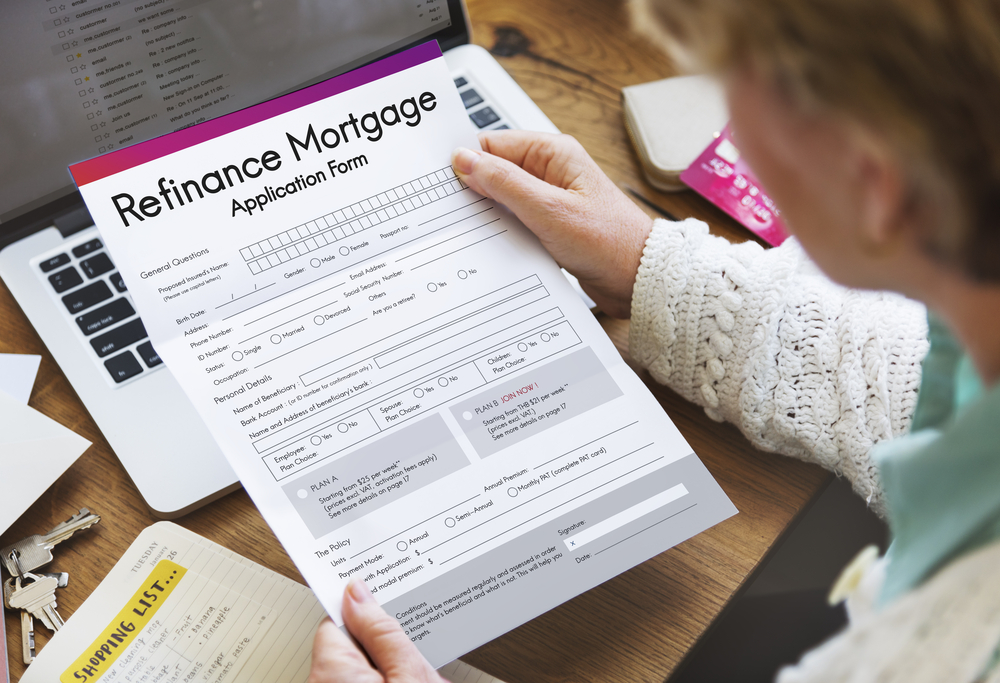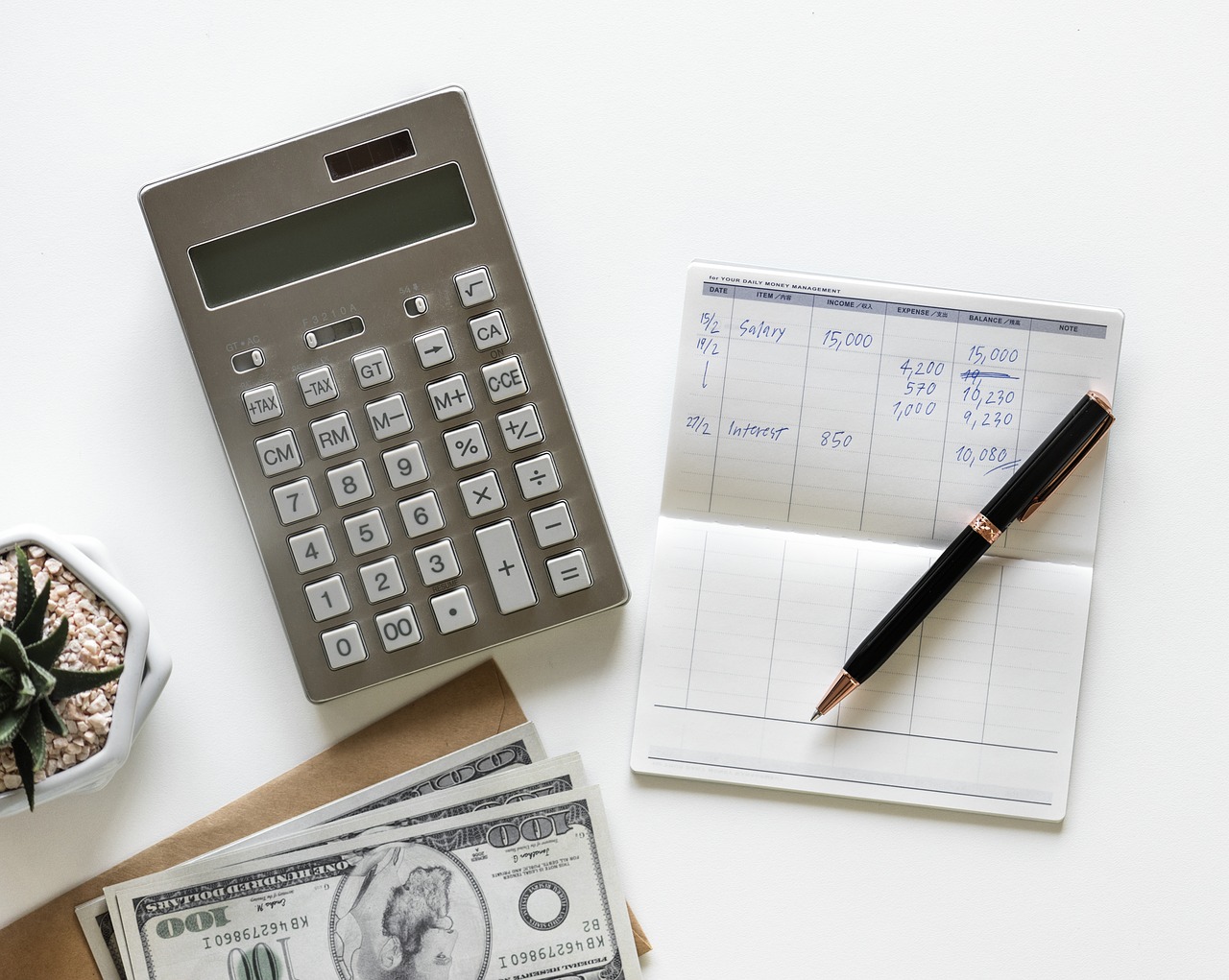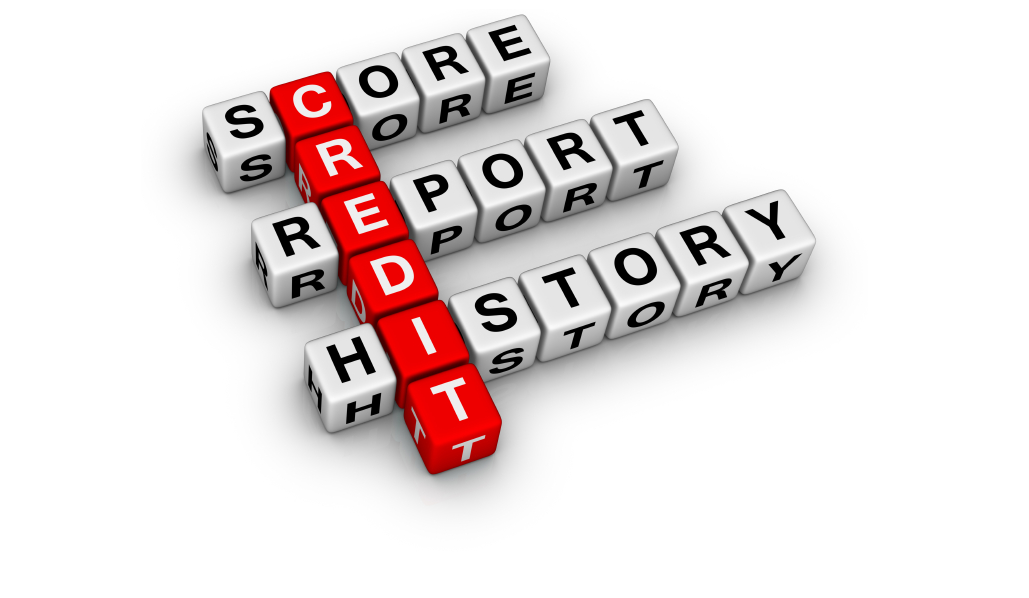The Ultimate Guide to Mortgage Refinance
How Refinancing Works
As we discussed above, refinancing your mortgage is the process of replacing your existing mortgage with a new loan in order to reduce monthly payments, lower interest rates, or change mortgage companies.
Upon determining whether you are eligible to refinance your home and that it is an appropriate time for you to do so, you can begin the mortgage refinance process. We break down this undertaking into a few steps.
- Compile a total financial review: A lender won’t set up your new mortgage payment program if you don’t provide a complete picture of your financial history. You can start with your credit report, and ensure there are no inaccuracies. In addition, you should collect:
- Proof of income, bank statements, tax returns, etc.
- Property tax bills.
- Current credit report and credit score.
- A recent appraisal of your home.
- Tailor your new mortgage: A refinance is essentially a do-over. With this second opportunity, you can structure your mortgage more closely to your needs. Determine the loan term, the type of rate, and consider any debts or penalties.
- Decide on when is the best time to refinance: I go into this in more detail later on, but deciding on when to refinance your home comes down to several factors.
- Consult banks and brokers: If you want the best deal, it’s important to shop around and consider all options. Fortunately, the Internet has a plethora of lending comparison sites you can use to find a lender.
Refinance with the FHA
Credit plays an integral role in securing mortgage loans and determining interest rates. Borrowers who have less than stellar credit scores may find refinancing to an FHA loan enticing. No matter how much equity you already have, the FHA does not require an upfront mortgage insurance premium.
Borrowers who have a current mortgage with the FHA can potentially save by refinancing their loan into a conventional home loan through a private institution. Applications with decent credit are likely to find that the conventional loan is the cheaper choice.
Refinance with the VA
Available to current military service members and veterans, the Department of Veterans Affairs provides a simple way for homeowners to take advantage of lower rates and decrease their monthly payments.
Eligible borrowers can also get cash back and use the proceeds for a variety of needs, such as paying off a debt or making home improvements.
When Should I Refinance My Home?
When is the best time to refinance your mortgage? A general rule of thumb to follow is to seriously consider refinancing when interest rates drop by at least 0.5 of a percentage point, according to the Wall Street Journal.
If you have a jumbo mortgage, you can refinance when rates have only fallen slightly. You can save a considerable amount on a bigger mortgage if rates fall just 0.125 of a percent, according to the WSJ.
You might also want to wait until your home is properly "seasoned," if you've made a number of improvements to it to boost its value. Seasoning means waiting for a period of time, usually about a year, to make sure that the boost in home value after renovations or improvements is sustainable.
There's no hard and fast rule when it comes to the best time to refinance your mortgage. If refinancing today will save you money in the long run, it's probably the best option for you.
Understanding Mortgage Refinance Rates
There's a rule of thumb for refinancing a mortgage: If you can't save at least .5%, don't do it. However, that is an oversimplification of the process.
You may want to refinance a mortgage simply to shorten or lengthen the term. Or you may want to switch from an adjustable rate to a fixed rate mortgage. Understanding refinance mortgage rates come down to more than trying to shave .5% off or better.
Refinancing involves many costs other than closing costs. There are origination fees, attorney's fees, home inspection costs, documentation fees, etc. These all must be considered when refinancing.
When looking at mortgage rates, look at your break-even point. See how long you must pay the new loan until you will start saving money. If you plan to sell your home in a few years (and thus eliminating this mortgage) it likely doesn't make sense to refinance.
An interest rate is a number. It's easy to understand. Getting the complete picture is more complicated.
Finding the Best Deal to Refinance Your Mortgage
Refinancing a mortgage is about starting fresh on the solid ground. Before signing, consider your options. For instance, should you pay for points? A point is an upfront fee which is 1% of the total mortgage.
It's paid to the lender in exchange for a lower interest rate. If you plan on staying in the house for a long time, paying for points makes sense. You pay the fee once but the interest rate remains low forever.
Definitely, check to see if you qualify for any special loan programs. There are VA loans, USDA loans, FHA loans, and more. Make sure you've exhausted all these options before going with a generic loan. Leave no rock unturned.
Also, ask about closing costs. See if they are necessary. Closing costs are expensive - typically 3% of the home's purchase price. Make sure there aren't similar fees to battle. That will just lengthen out your breakeven sentence.
Finally, make sure to check local lending institutions. Community banks and credit unions may offer the best refinancing rates. Just be prepared to wait. Small lenders aren't usually as efficient as these massive online lenders.








